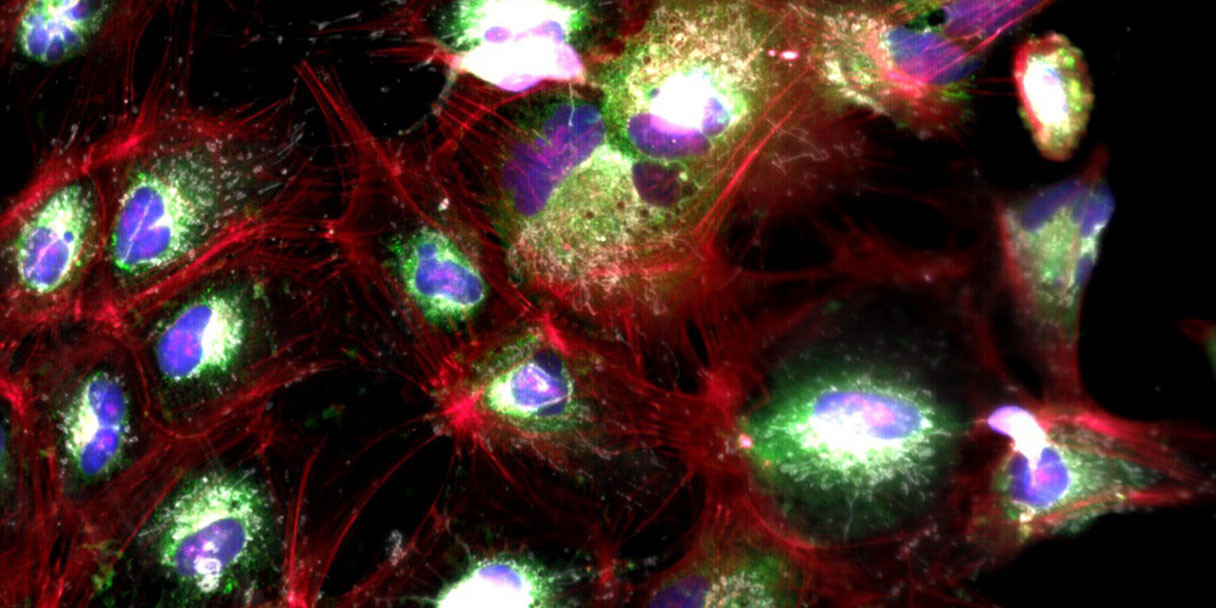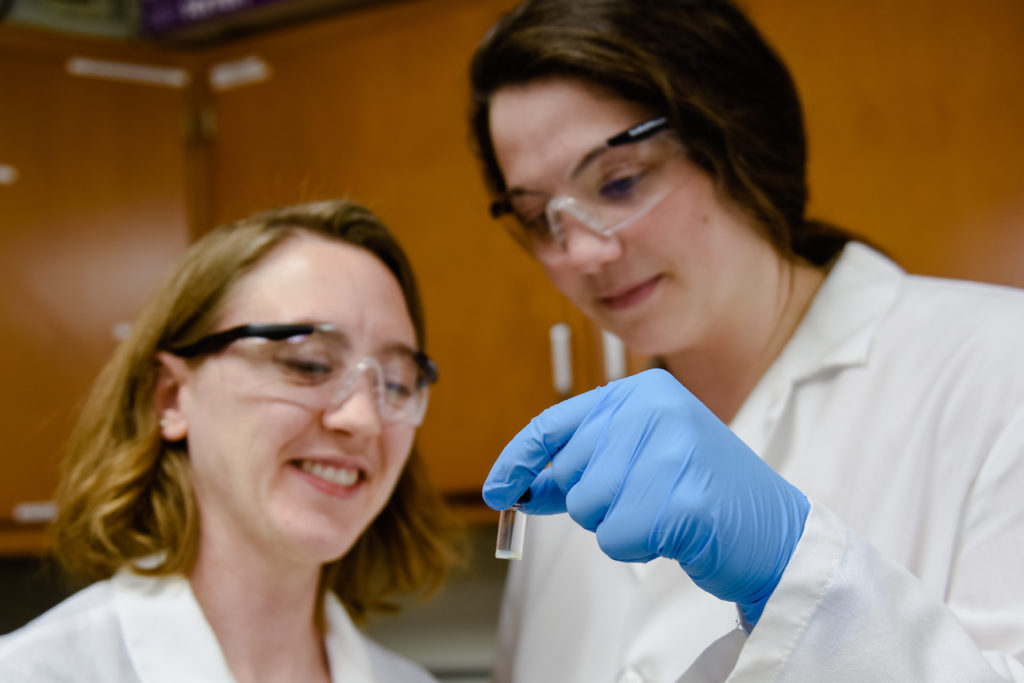he EveryLife Foundation for Rare Diseases commends the Food and Drug Administration (FDA) on today’s announcement of its intention to create a Rare Disease Innovation Hub. Co-chaired by CDER Director, Dr. Peter Marks, and CBER Director, Dr. Patrizia Cavazzoni, the Hub will directly engage patients and the public to inform its strategic agenda.
Tag: Gene Therapies

Q&A: New Frontiers in ALS Research
Clive Svendsen, PhD, executive director of the Board of Governors Regenerative Medicine Institute and professor of Medicine and Biomedical Sciences at Cedars-Sinai, is developing new treatments and models for amyotrophic lateral sclerosis (ALS) using stem cells.
Companion Penn Medicine Studies on AAV-based Gene Therapies in Non-Human Primates Suggest Integration into Human DNA is Unlikely to Drive Cancer Mutations While Offering the Potential for Durable Expression of the Transgene
Gene therapy adeno-associated viruses (AAVs)—viruses that can be engineered to deliver DNA to target cells—are unlikely to cause cancer-triggering insertions in humans or monkeys and may contribute to long-term efficacy, according to new research from the University of Pennsylvania’s Gene Therapy Program (GTP).

Reaching toward a cure for sickle cell disease
The National Heart, Lung, and Blood Institute (NHLBI) has awarded Case Western Reserve University up to $3.7 million to assess emerging genome-editing based therapies being tested for curing sickle cell disease (SCD) at leading U.S research universities and hospitals.
SCD is the most well-known among a group of inherited blood disorders, affecting about 100,000 people in the United States and about 20 million worldwide, according to a 2018 National Institutes of Health (NIH) statement announcing the NHLBI Cure Sickle Cell Initiative.

Virus surfaces help MTU engineers study vaccine and gene therapy applications
An isoelectric point is a common way to characterize viruses. However, it’s not easy. To improve manufacturing for vaccines and gene therapy, a Michigan Tech team uses surface charge to determine the isoelectric point of different viruses. Specifically, they use a single-particle method with atomic force microscopy (AFM).